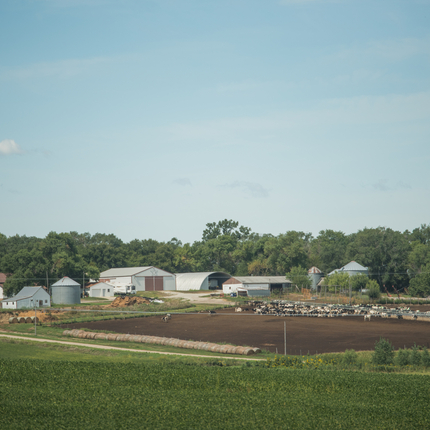Families below the poverty line spend 8 percent of their income on electricity, a much larger proportion than higher income families, according to the American Council for an Energy Efficient Economy.
And in rural areas, 17.7 percent of families live below the poverty line, as noted by the U.S. Department of Agriculture.
Energy efficiency provides an affordable way to decrease power consumption and electric bills. Developing local renewable energy generation also keeps hard-earned dollars in the state and brings new economic development to rural communities.
Policymakers should seize these opportunities by implementing measures that assist businesses and homes in financing energy efficiency and renewable energy. A program called Property Assessed Clean Energy (PACE) allows municipalities, counties or specialty districts to aid consumers in financing projects that will lower electricity usage and cost.
Two PACE projects include:
- Powers Distributing, of Orion Township, Mich. The company was given access to long-term financing, and between 2013 and 2015, invested in LED lighting and a 95-kilowatt solar system. The cost totaled $435,000, with an estimated energy savings of over $1 million. $40,000 is saved each year and annual energy usage has been reduced by 360,000 kilowatt hours.
- Ivy Knoll Senior Retirement Community, in Covington, Ky. A $750,000 project includes a solar power system generating over 64,000 kilowatt hours annually and new LED lighting saving an estimated $12,000 per year. Other improvements include updates to the building’s heating and cooling system that reduce consumption by 20 percent.
Lawmakers should consider energy efficiency and local renewable energy as ways to support their constituents, particularly rural families who most need it.





